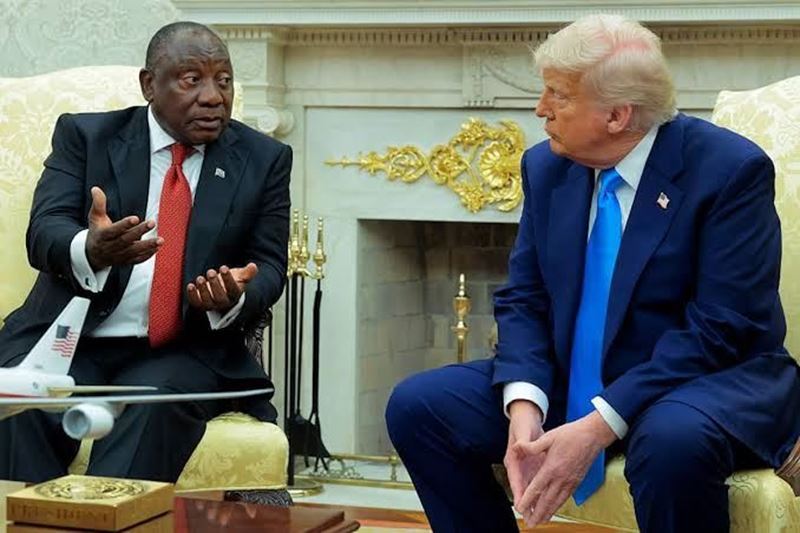Following South Africa’s request to delay the decision until July 9, the United States announced on July 7 that it would implement a 30% general tariff on imports from South Africa starting August 1. The measure is expected to directly affect production-heavy sectors such as automotive components, textiles, and steel.
According to the statement, automobiles will face a 25% tariff, while steel and aluminum imports will be subjected to a 50% additional duty. Strategic commodities such as gold, coal, platinum group metals, and chrome are exempt, but many other goods, including agricultural products, will be affected by the new tariffs.
The US administration claims the tariffs aim to reduce the trade deficit with South Africa. However, the South African government disputes this, arguing that the calculations are based on inaccurate data and that the decision is politically driven.
The Trump administration has also threatened an additional 10% duty on South Africa due to its BRICS membership. The country’s relations with Russia, China, and Iran, as well as its legal case against Israel, are believed to be contributing factors to the rising tensions.
Economic analyses suggest that the new and planned tariffs could lead to an annual export loss of USD 1.4 to USD 2.3 billion for South Africa, which exported USD 14.9 billion worth of goods to the US in 2024. This could cause significant economic contraction and job losses.
Experts warn that the tariffs taking effect on August 1 will make it difficult for South Africa to pivot to new markets in the short term, potentially pushing export-dependent industries into crisis.









Comments
No comment yet.